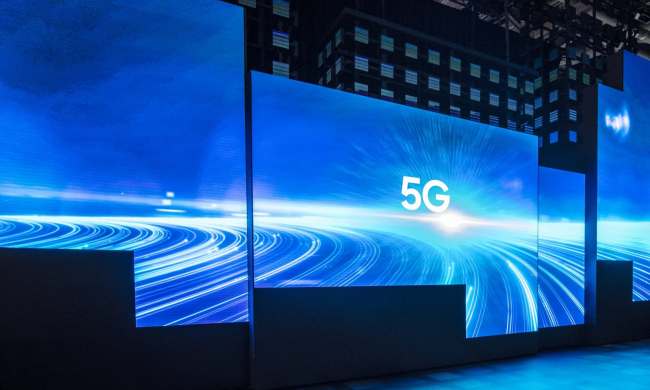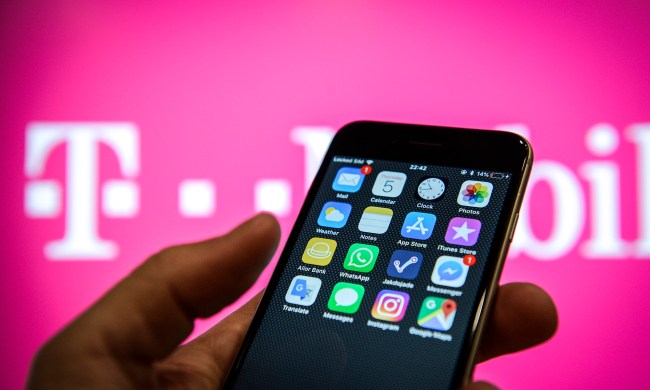

Wondering about the status of 5G? This is no pipe dream, Ericsson explained during a press event on Monday morning, February 25, at Mobile World Congress 2019. It’s real. And it’s happening now.
“The stakes have never been higher.”
Ericsson is rolling out nine new radios at MWC, Ekholm said. And the company is pushing antenna development, unveiling a future access point the size of a matchbox. Such devices will be small enough that they can be adhered with mere tape — ideal for dense urban environments, stadiums, and so on.
“We call them radio stripes,” Ekholm said, pulling a ribbon of antenna from his pocket.
One way to expedite the rollout: a feature called “dynamic spectrum sharing,” coming toward the end of the year and supported by base bands that date back to 2015. basically, older infrastructure can carry 5G traffic as well as 4G, he said. Spectrum sharing — exclusive to Ericsson, he added — allows a service provider to roll out 5G coverage very quickly.
“5G will be a vital national infrastructure,” he added. Yet the company is agnostic when it comes to national security policies, he said. It’s up to individual nations to set that, despite the uncertainty governments may feel. There is a clear first mover advantage for leading the way, however, and Asia and North America are at the forefront. Europe runs a very real risk of being left behind, Ekholm said.
“The stakes have never been higher.”
5G will lead to a flurry of new applications, including AR and gaming. The new 5G networks move way beyond the consumer space, however, particularly in how they will support industrial infrastructure. “The increasing use of robotics will dramatically transform future manufacturing systems,” he said. And smart cities will be transformative, too. It’s more than selling SIM cards, in other words. This is about society itself changing.
Robotics and 5G will be a key way to improve manufacturing; automated robotic vehicles will transport goods across manufacturing spaces. In 5G automotive, low latency and high speeds will be the cornerstone of new transportation initiatives. A deal with Volvo will bring a very different user experience for customers, Ekholm said. An all-electric autonomous transport system in a European mall — a self-driving shuttle bus, in other words — is just one example of how 5G can change society.
The change to 5G won’t be overnight. Even by 2024, the majority of connections will still be 4G LTE ones. Yet Ericsson says it has been ready for this since 2015. “We have shipped more than 5 million 5G-ready radios,” he said. “Our customers are well positioned to move into 5G.”


